Improving Operations After a Catastrophic Loss
Every motor carrier operates in a challenging environment that exposes it to the risk of a...
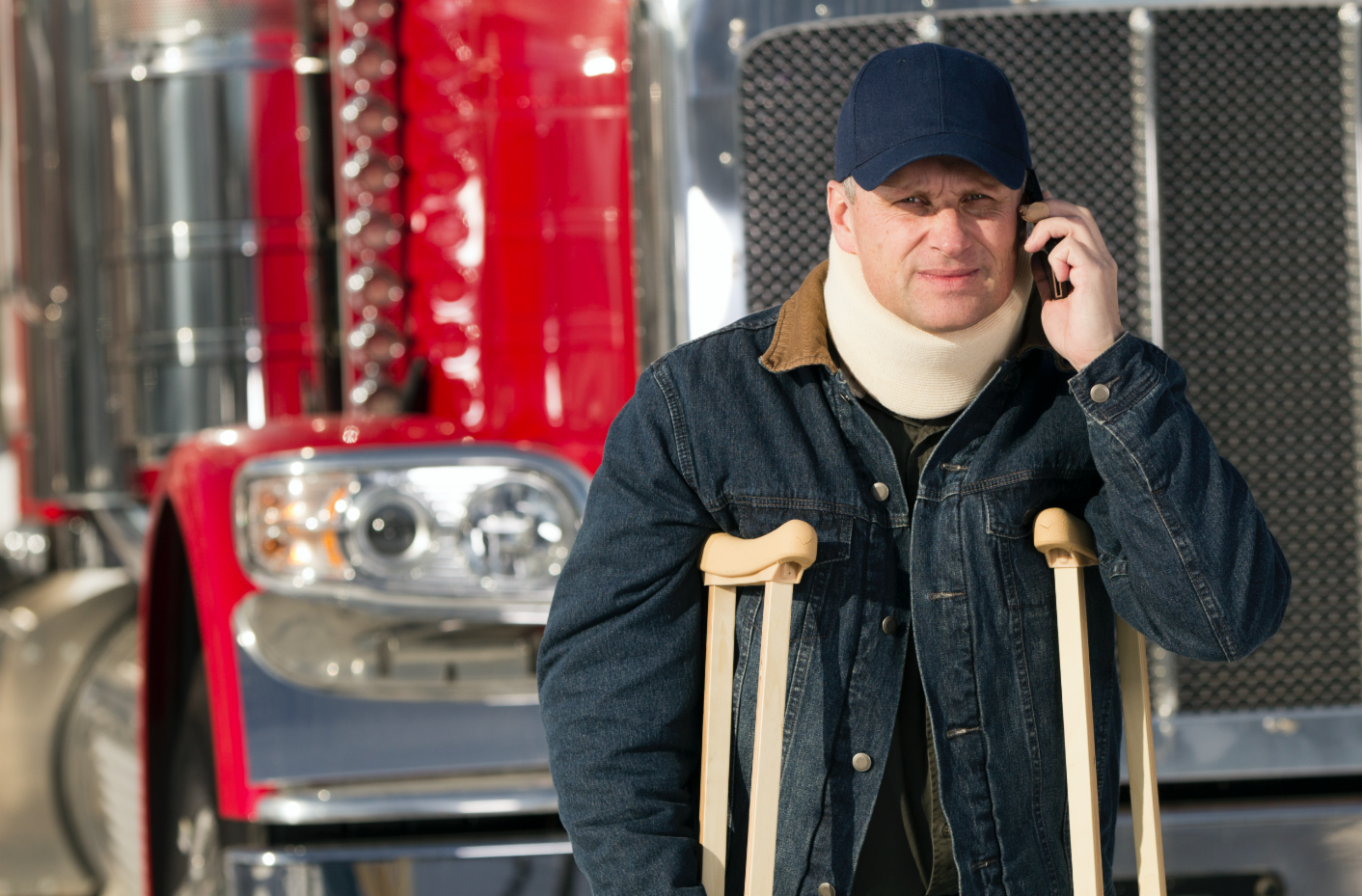
Great West |
Every motor carrier operates in a challenging environment that exposes it to the risk of a...
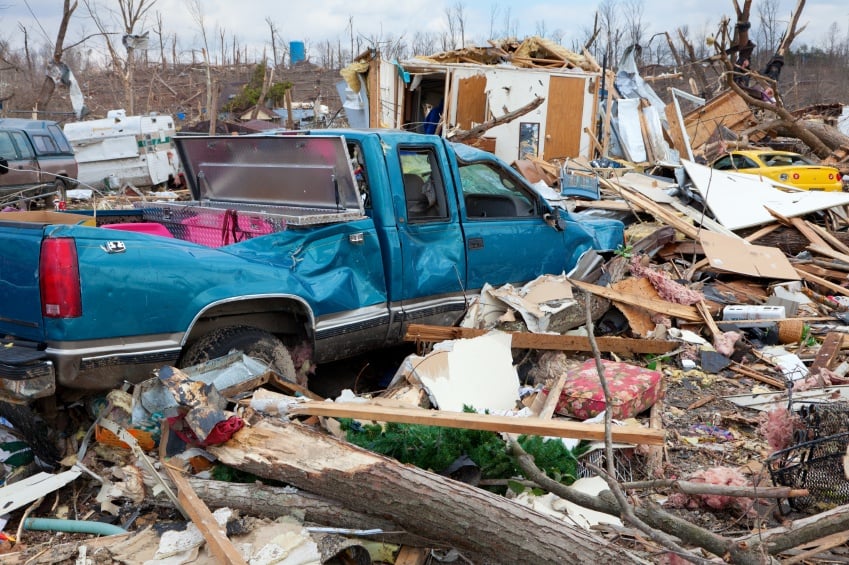
Great West |
Is your organization prepared for a disaster or an emergency? Organizations who have a plan in...
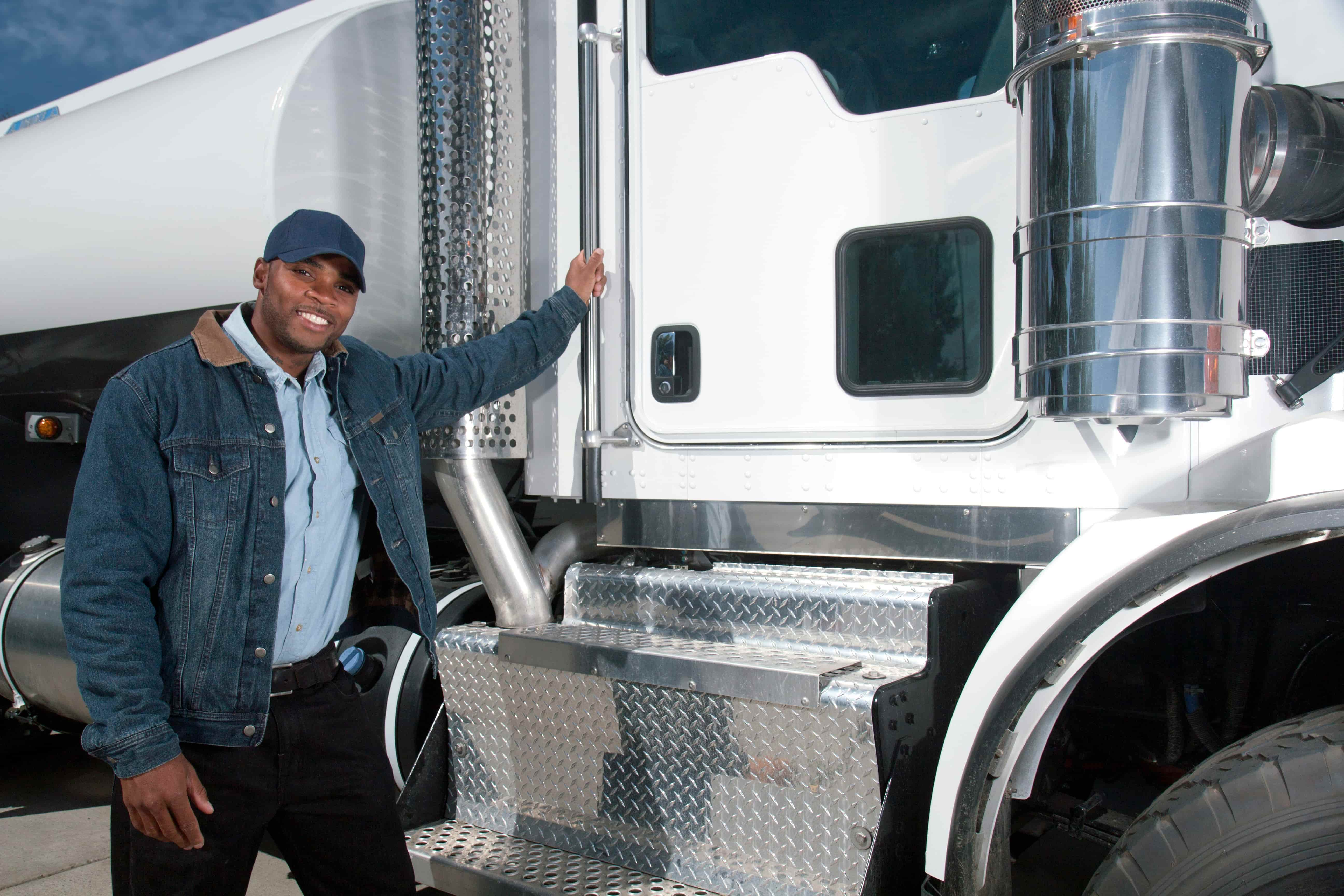
Great West |
Slips, trips, and falls are one of the leading causes of workplace injuries. For drivers, these...

Great West |
Those working in the transportation industry might rank regulatory compliance as their least...
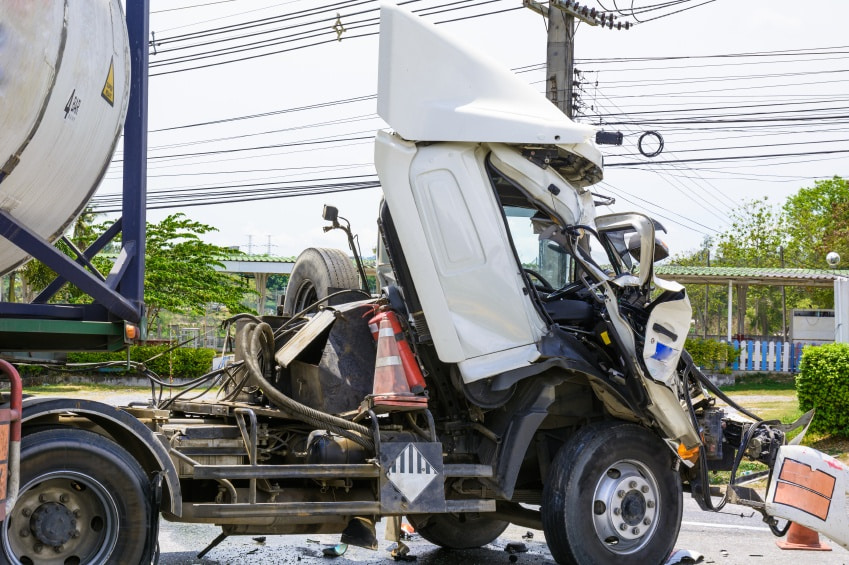
Great West |
At some time in the future, you may be involved in a vehicle crash. These situations can be...

Great West |
Most drivers are irritated by someone...
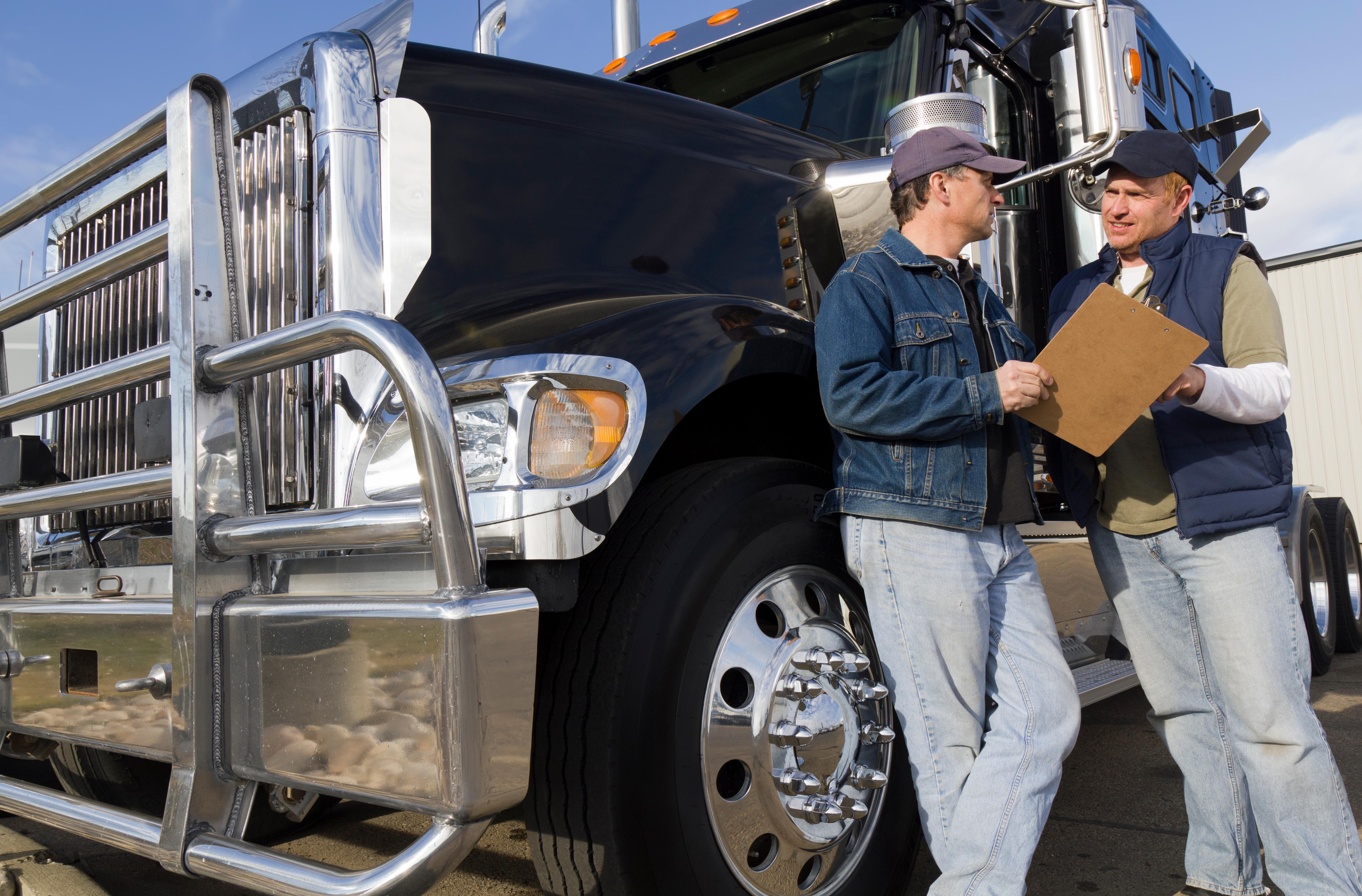
Great West |
Culture is a term used often when discussing organizational development, but what is it? Simply...

Great West |
Every year since 2008, the American Transportation Research Institute (ATRI) has published “An...
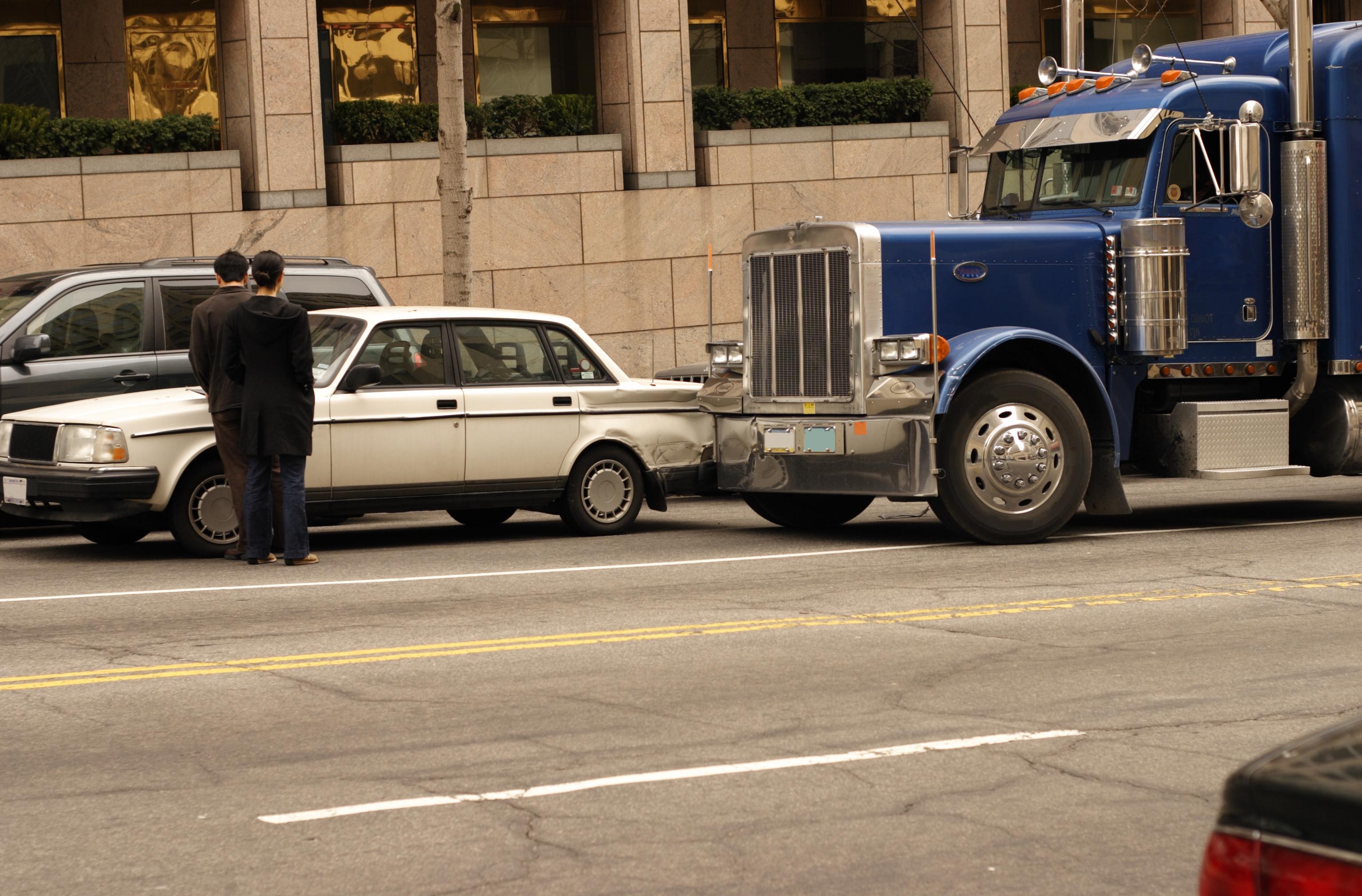

Great West |
Change is a constant in the trucking industry. From hours-of-service changes, the ELD mandate,...

Great West |

Great West |
Seasonal Affective Disorder (SAD) is a form of major depression that is typically associated...